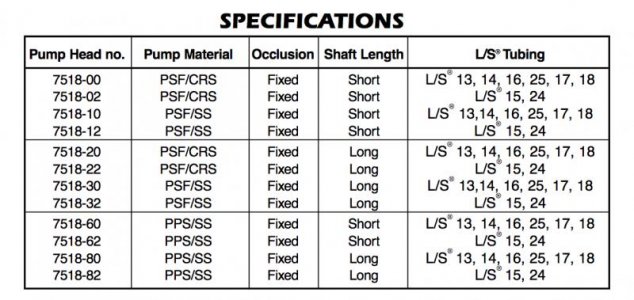ClownsRCoo
New member
You only need a saltwater bin for an AWC system so the only reason to have an RODI container too is just to be able to keep a lot of it on hand at all times. You just need 1 pump head to remove water from your tank and send to a drain and another from your saltwater bin back to your tank.
Sent from my iPhone using Tapatalk
Sent from my iPhone using Tapatalk



